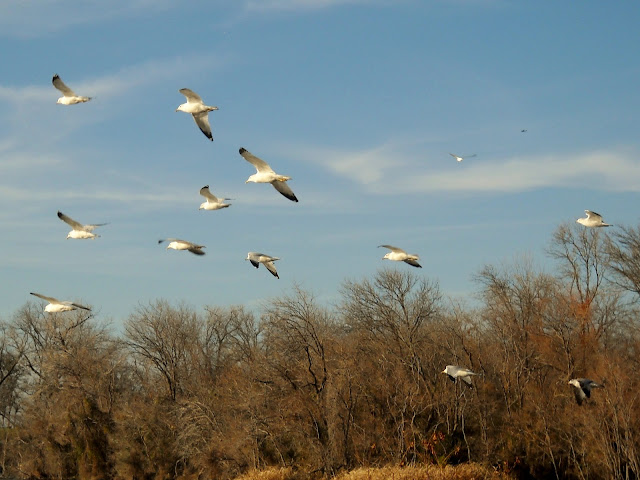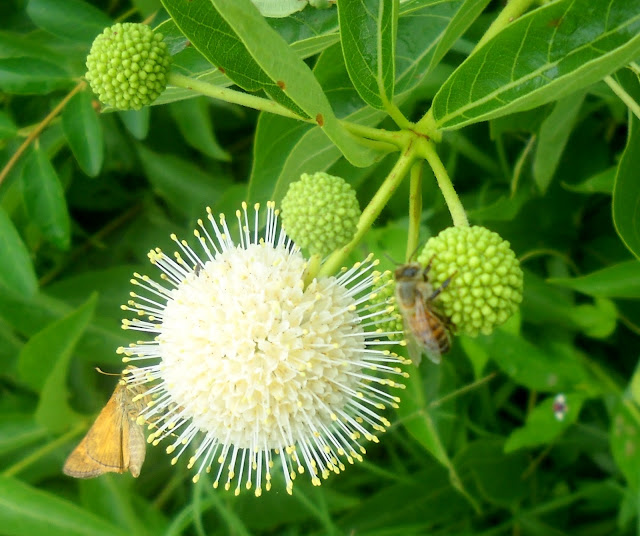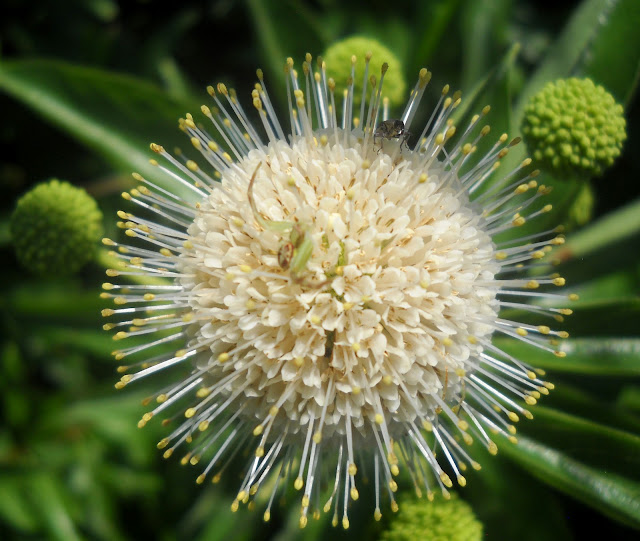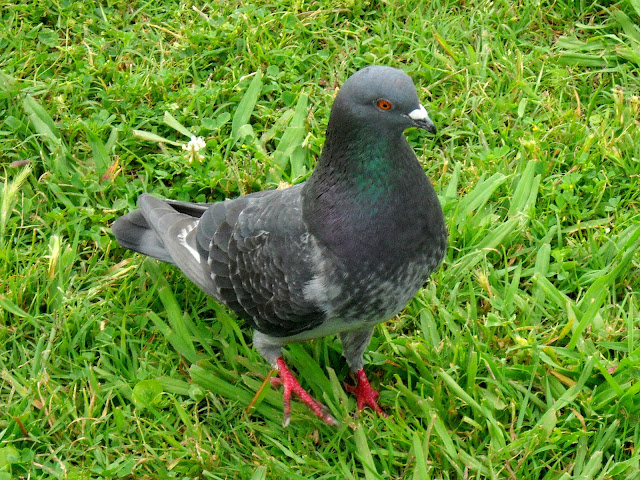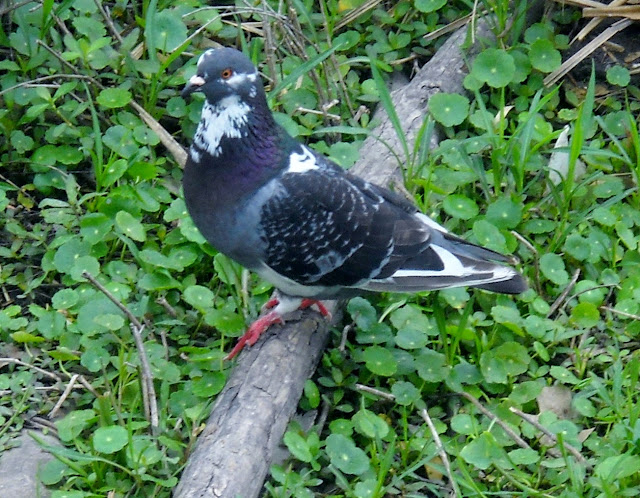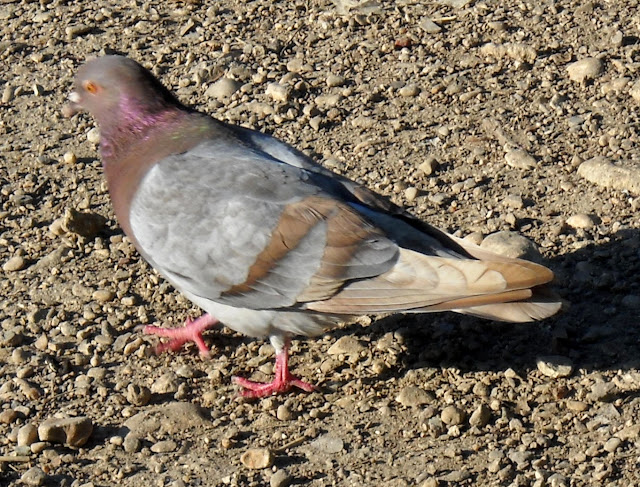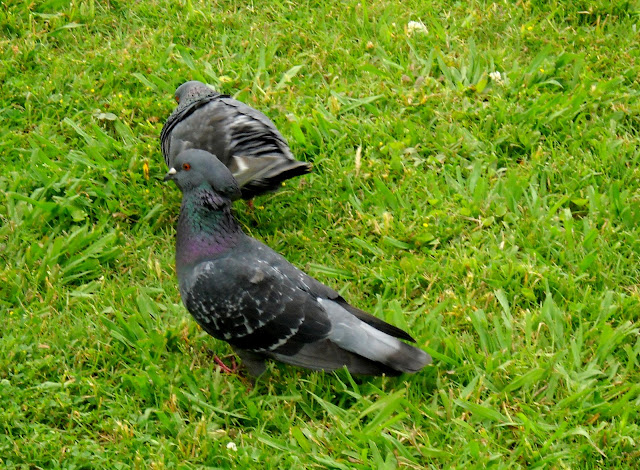Please click here and listen to this music while you read this blog
This blog is
about nature, specifically the environment of White Rock Lake. However, when local
politicians and business combine to deliberately mislead the public, it’s difficult
to remain silent when it affects nature and the heritage of generations to
come.
Stunning wildflowers at Winfrey Point, White Rock Lake
You can read about the history of
this ongoing saga by clicking here.
On May 9, 2012, the leadership of the Dallas Arboretum
issued a press release that was phrased in such a manner as to make them look
like the good guys. It stated that they had requested the local officials not
to proceed with plans to mow Winfrey Point, a plan that the Arboretum
leadership had hatched in the first place. The wording of this press release
was intriguing:
“… any plans to
temporarily park at Winfrey Point have resulted in serious misunderstandings …”
Any plans? Why did they not simply say “the plans”? Why could the leadership of
the Arboretum not have the courage to admit that they had made such plans?
From their last sentence in their press release, it is
obvious that the current management of the Arboretum intends to continue with
their plans for Winfrey Point. The last sentence reads: “It is our pledge to endeavor
to make such planning transparent.”
And why could the leadership of the Arboretum not simply say:
“It is our pledge to make such planning transparent”? Why did they include the
word “endeavor”?
It is innuendo and legal-speak such as this that makes one question the bona fides of the Arboretum leadership.
The press release can be found here.
The Dallas Arboretum posted a
comment on their website this week, stating that it was a misconception that
they planned to build a parking garage at Winfrey Point. The comment read: "The
concept for a parking garage at Winfrey Point was never shown to the Arboretum, nor to the Park Board or
city Council members ..”
Really?
The latest documentation uncovered by researcher, Hal
Barker, has categorically revealed that the idea to turn Winfrey Point into a
parking lot was first mooted by Mary Brinegar a couple of years ago. In a
detailed email to Paul Dyer, Director
Dallas Park and Recreation Department, dated August 8, 2010, Brinegar spells out her
vision for Winfrey Point in detail. You can read her email by clicking here.
This was
followed up by a presentation to Paul Dyer.
In a
document prepared by the Arboretum entitled “Presentation to Paul Dyer and
Willis Winters On Winfrey Point Use For The Dallas Arboretum”, it was revealed
that one of the proposals (Proposal 5) presented by the Arboretum was to develop
“the property into botanical gardens with three
stories of parking underneath, accommodating over 4000cars. The model is
Millennium Park in Chicago with most of the gardens above the parking facility.
It allows those who are members to stop in to the garden for early breakfast or
lunch while riding or walking around the lake and at the beginning or end of their
ride. Winfrey Point is rebuilt in a circular structure with observation decks
giving visitors the ability to see the developed gardens and the downtown
vistas.”
So let’s understand this.
- The Arboretum wants Winfrey Point - prime real estate - for
nothing, depriving Dallasites free use of this spectacular location.
- The rate payers of Dallas foot the
bill for much of the related expense.
- If Dallasites wish to enjoy Winfrey
Point in future they will have to pay for the privilege.
- Dallasites will be further deprived
of their natural heritage. In its place will be beautifully contrived gardens and
other facilities generating more revenue for the Arboretum.
So exactly
how do the inhabitants of Dallas benefit from all of this? This smacks of a
land grab - the Arboretum wins, Dallasites lose!
It would appear that the leadership of the Dallas Arboretum has lost their focus. They have become property developers at the expense of conserving nature.
As Gregory Bateson once said, "The major
problems in the world are the result of the difference between how nature works
and the way people think." Unfortunately, people are often driven by
greed, and it is difficult to arrive at a different conclusion given the facts at our disposal.
After all the subterfuge surrounding Winfrey Point,
maybe it’s time for heads to roll.
And this is enough to make
anyone gag. Mary Brinegar, the President and Chief Executive Officer of the Dallas
Arboretum and Botanical Garden, signs off her emails with the following slogan:
“Let Nature Nurture You.”
Seriously?
Based on the manner in which
Brinegar has handled herself, we’re beginning to question whether she cares
about nature at all. We now know that turning Winfrey Point into a parking lot was
her idea in the first place, despite denials that she had no knowledge of what
was going on.
To be precise, what Brinegar
is advocating is to take a natural environment, a scarce resource, and turn it
into a parking lot and other facilities that would generate revenue for the
Arboretum. This is crass to say the least.
We have
always supported the Dallas Arboretum. It is a wonderful place to get lost for
a few hours. It saddens us that the leadership of the Arboretum would resort to
these tactics in order to improve their bottom line.
The latest documents discovered by Hal Barker leave a bad taste in our mouths, and reminds
us of Mao Zedong’s slogan: "Man must conquer Nature." But one needs
to heed the warning of legendary author, Fritz Schumacher, who once wrote,
"man talks of a battle with Nature, forgetting that if he won the battle,
he would find himself on the losing side."
Of course
the Arboretum wants Winfrey Point. The land will add considerably to the asset
value of the Dallas Arboretum. But Winfrey Point is more than an exceptional location
with stunning views of the city. It contains several acres of protected Blackland Prairie grasses, it is
covered in beautiful wildflowers, it is home to rare birds and many animals,
and it supports all kinds of insect life, including spectacular butterflies.
A Monarch butterfly nectaring on a Texas Thistle at Winfrey Point
We doubt that the remake of the soap series Dallas could have a better storyline
than this saga. Clearly, the battle to Save Winfrey Point is not
over.
It would be appropriate to give the final word to a
great Texan, President Lyndon B. Johnson, who upon
signing the Wilderness Act, 1964, stated: “If future generations are to
remember us with gratitude rather than contempt, we must leave them more than
the miracles of technology. We must leave them a glimpse of the world as it was
in the beginning, not just after we got through with it."













